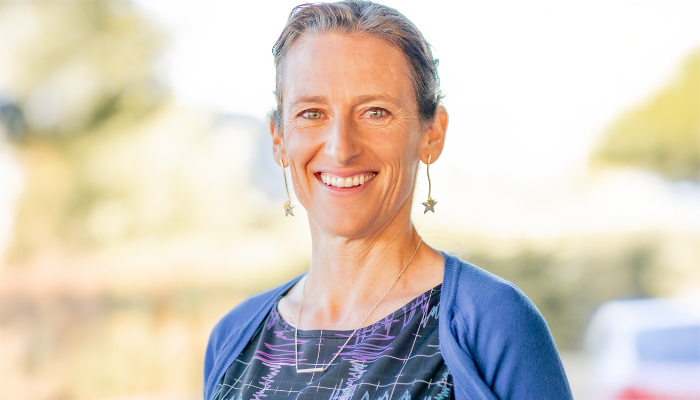Australia’s universities are no longer the preserve of a privileged few. Today’s students are more diverse, more pressured, and more determined than ever before. But outdated assumptions about who they are and how they learn endure.
Over the past three decades, the character of the university student has changed significantly. In the early 1990s, participation was modest, and students were typically from comparatively advantaged backgrounds, studying full time with the resources and support to immerse themselves in academic life. Higher education was, in many respects, the preserve of the few.
Today, around 1.1 million domestic students are enrolled in Australian higher education—almost double the number in the early 1990s. Participation has expanded and diversified. Many students are the first in their families to attend university—a powerful marker of progress. More students from low socioeconomic backgrounds, regional and remote communities, and Indigenous backgrounds are enrolling, though equity gaps remain.
These shifts have fundamentally reshaped the student experience. The contemporary student body is diverse not just in background, but in responsibilities and pressures. Many now work substantial hours while studying—often out of financial necessity. Cost-of-living pressures—from housing and food to transport and utilities—have become acute. Others navigate significant cultural obligations or caregiving duties. Far from being disengaged, many students are highly disciplined and deeply motivated—keenly aware of what is at stake for themselves and their communities.
Yet in public debate—and sometimes within the sector itself—outdated archetypes persist. The image of the carefree student with time to spare, lightly engaged and largely unburdened by responsibility, no longer reflects reality. Still, it obscures the very real challenges students now face.
These challenges are serious. Repeated surveys show that students report lower levels of wellbeing than the general population. Many experience stress, anxiety, disrupted sleep, poor nutrition, and even food insecurity. And yet, they remain focused—determined to complete their studies and translate their investment into meaningful post-graduation outcomes.
Addressing these issues requires systemic change—not just in how society supports students, but in how universities structure learning. Some of the pressures are shaped by broader social and economic forces. Others arise from within the academy. Assessment is one example. Over time, assessment loads have grown—often through well-intentioned tasks designed to promote engagement, but which can create unintended burdens. In practice, many of these function more as attendance checks than tools for meaningful learning.
Research shows that heavier assessment loads are associated with higher rates of anxiety, increased demand for special consideration, greater reliance on wellbeing services, lower attainment, and higher attrition. Critically, they can also pull students away from deeper, more reflective learning—particularly those balancing study with other life demands.
This has significant implications for equity. If higher education is to deliver on its promise of opportunity and mobility, we must ensure our learning environments enable success. Students from underrepresented backgrounds are not less capable—but they can face more complex circumstances. We need to design with that reality in mind.
At Macquarie University, we have begun to address this challenge. A review of our assessment practices revealed students were being assessed too frequently in ways that did not always support learning. We took deliberate steps to reduce that burden—including removing those weekly tasks that served largely as attendance checks. Early outcomes are encouraging: we have seen declines in special consideration and adjustment applications this session and stronger student success rates. The work continues, but the direction is clear.
This is not a challenge for one institution alone. Across the sector, we must reflect critically on how we support students. Governments, too, have a crucial role: funding, regulation, and support systems must align with the lived realities of modern student life.
These are not simply matters of personal resilience. They are structural challenges demanding thoughtful reform. To widen participation and strengthen higher education’s social contribution, we must design for the students we have—not the students we imagine—because it is their success that ultimately shapes our shared future.
This article was first published in The Australian.



